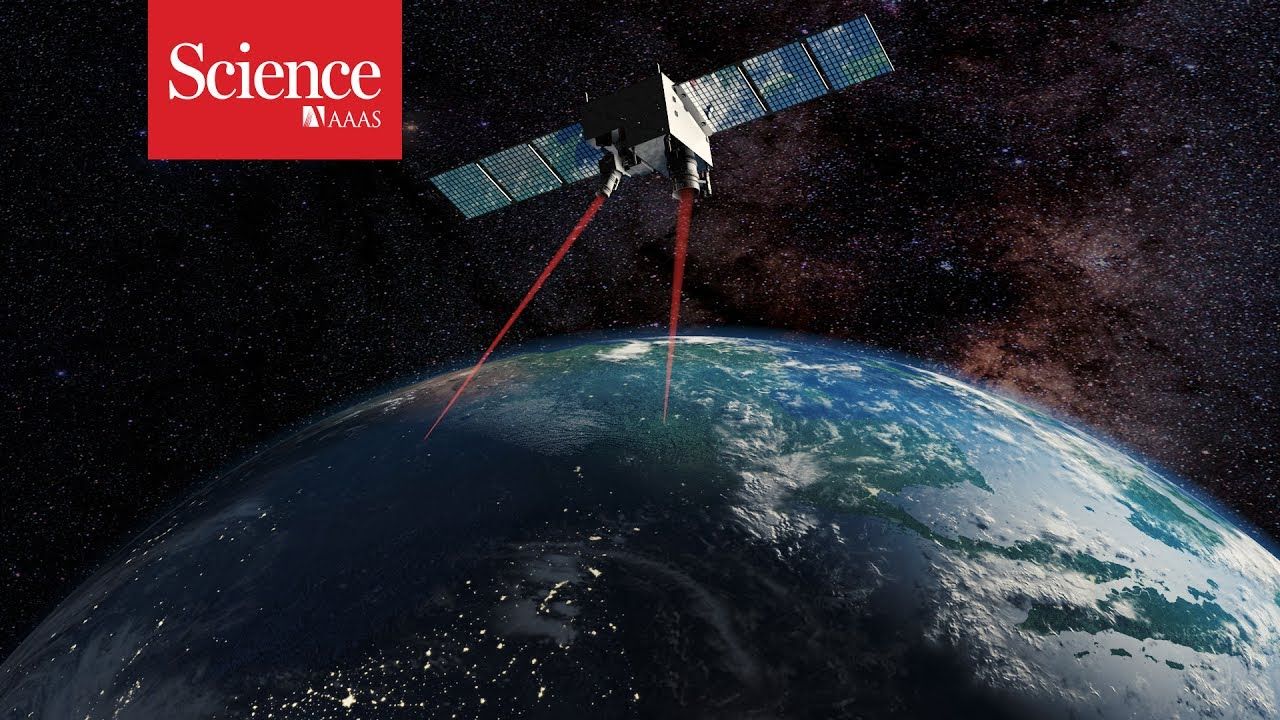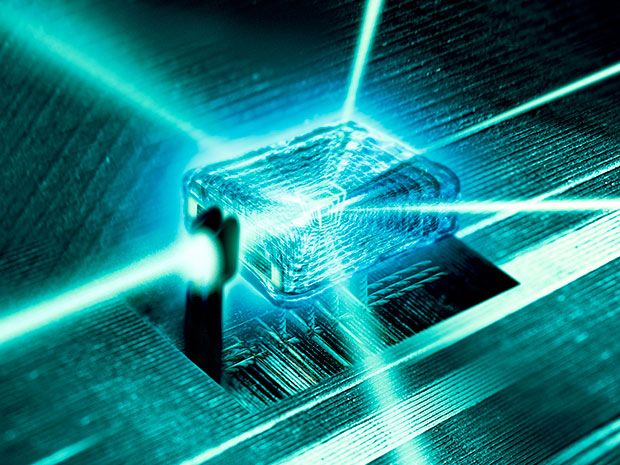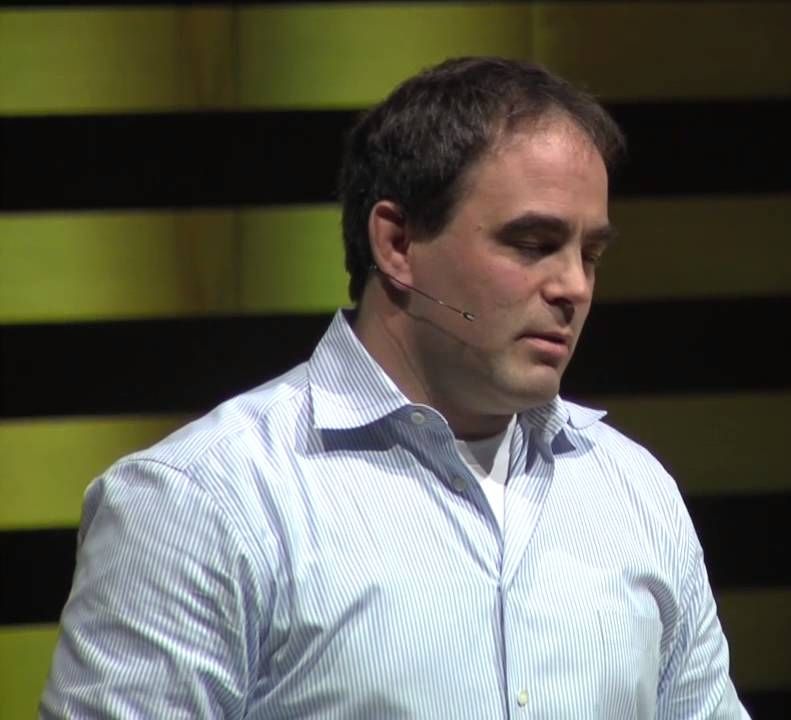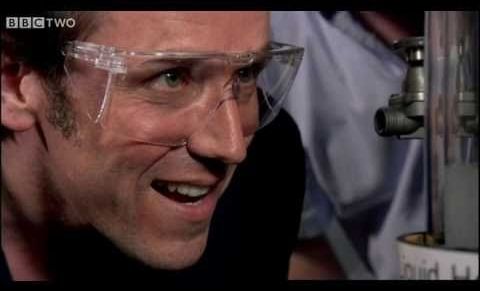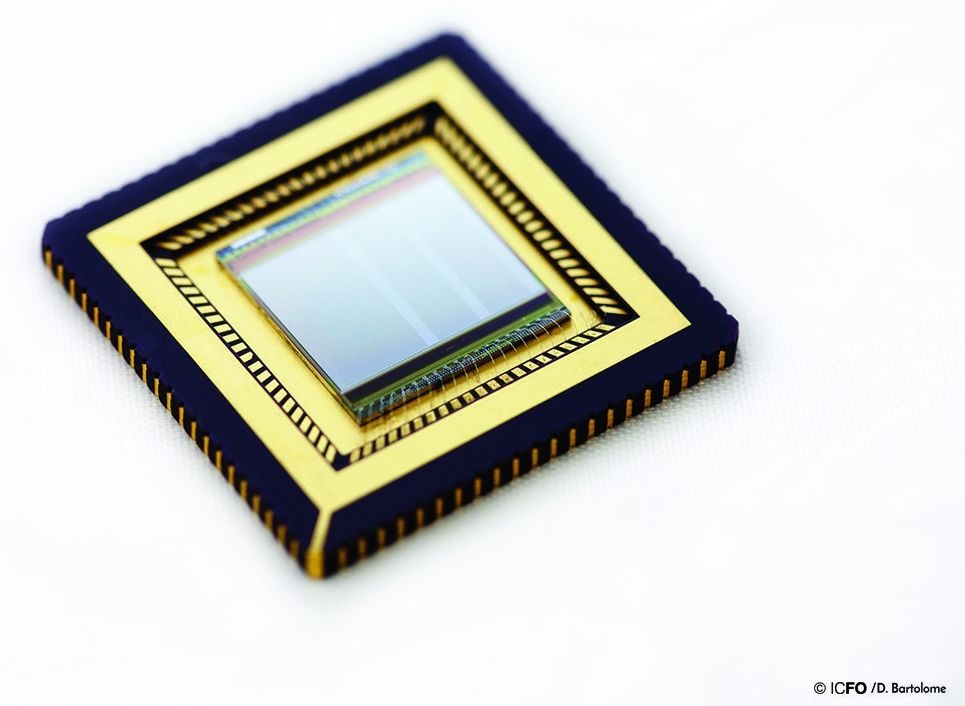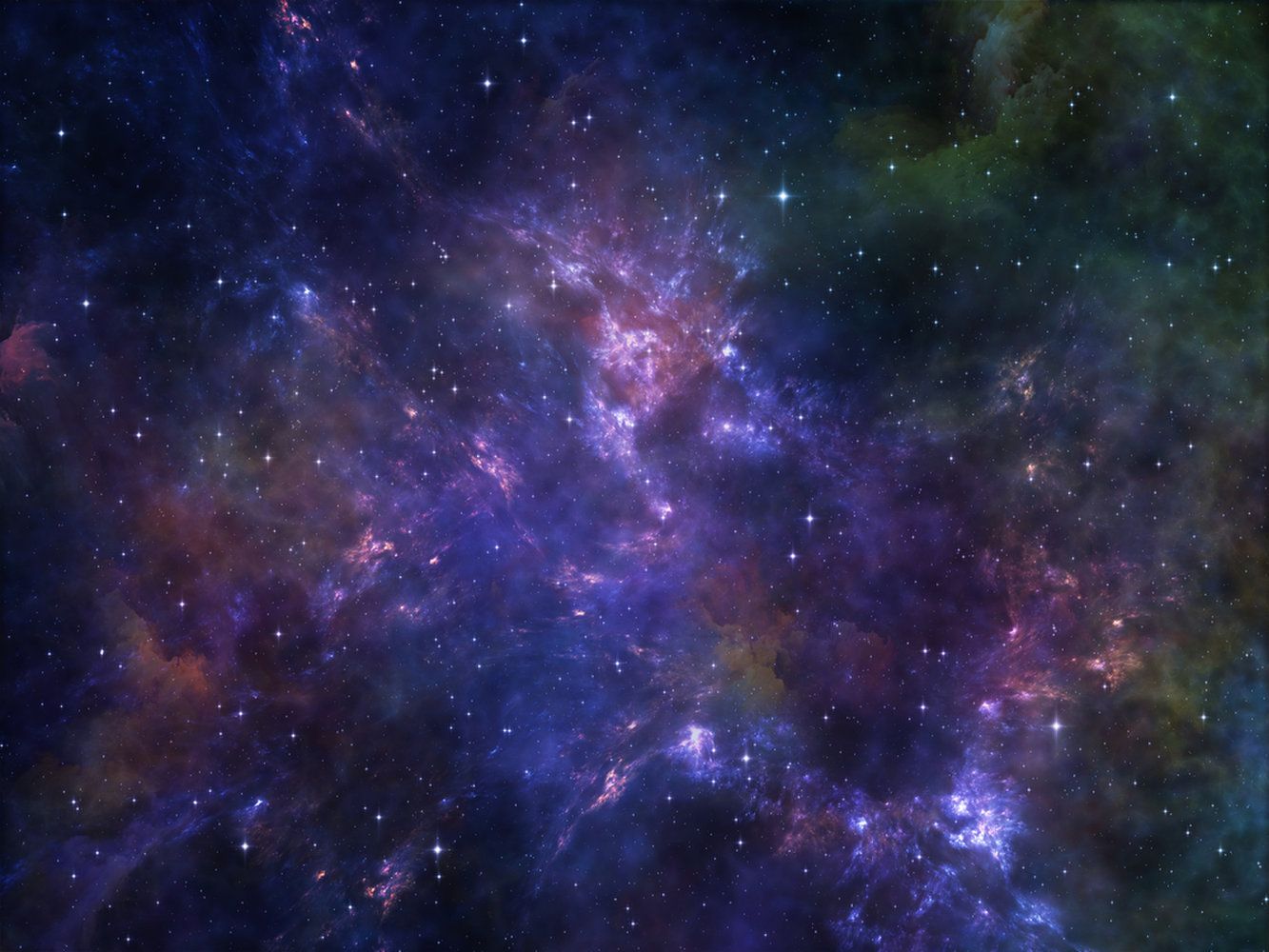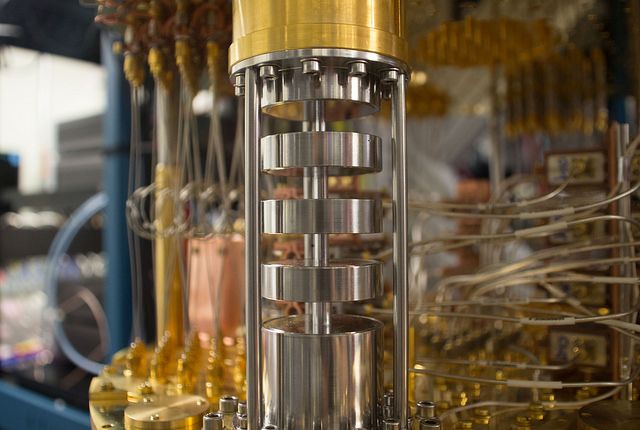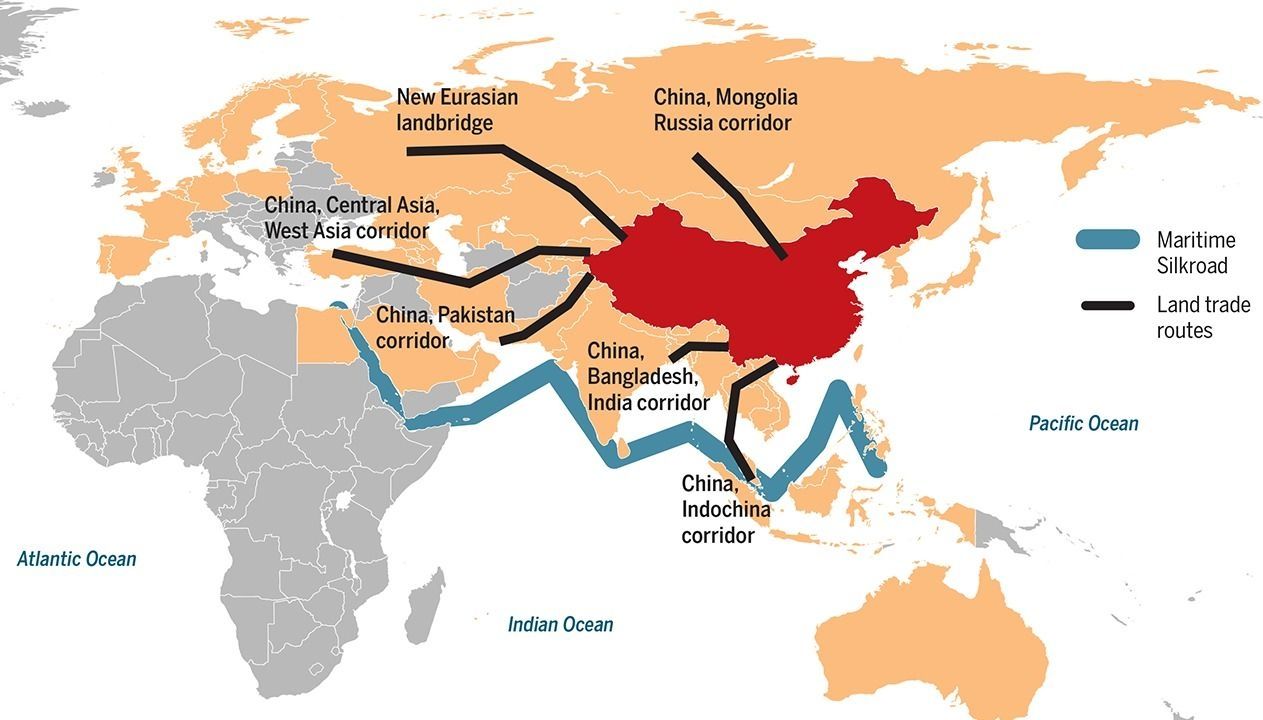Jun 16, 2017
China’s Micius satellite sets distance record for quantum entanglement in space
Posted by Klaus Baldauf in categories: encryption, quantum physics, space
Chinese researchers report that they’ve set a new distance record for quantum teleportation through space, the phenomenon that Albert Einstein once scoffed at as “spooky action at a distance.”
The technology isn’t yet ready for prime time, but eventually it could open the way for a new type of unbreakable encryption scheme based on the weirdness of quantum physics.
Continue reading “China’s Micius satellite sets distance record for quantum entanglement in space” »
